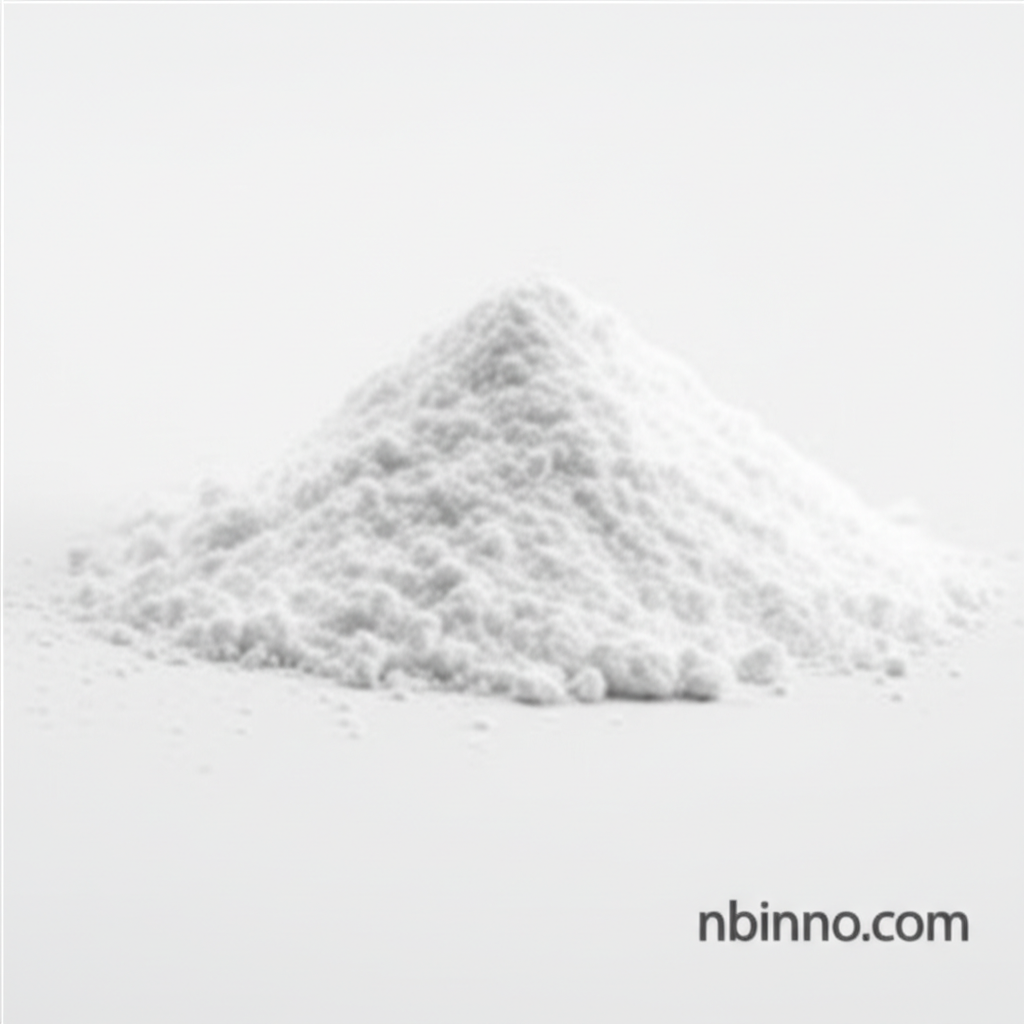Potassium Clavulanate with Silicon Dioxide (1:1): A Key Ally Against Bacterial Resistance
Discover the power of this essential combination in strengthening antibiotic efficacy and combating resistant bacteria.
Get a Quote & SampleProduct Core Value

Potassium Clavulanate with Silicon Dioxide (1:1)
This potent combination serves as a critical beta-lactamase inhibitor, significantly enhancing the effectiveness of beta-lactam antibiotics. The inclusion of silicon dioxide in a 1:1 ratio ensures improved stability, dispersibility, and handling, making it a preferred choice in pharmaceutical formulations.
- Understanding how potassium clavulanate works is key to appreciating its role in modern medicine, as it neutralizes the enzymes that bacteria produce to break down antibiotics.
- The pharmaceutical applications of potassium clavulanate are vast, forming the backbone of treatments for various bacterial infections when synergistically used with antibiotics like amoxicillin.
- The physical properties of the 1:1 mixture with silicon dioxide are crucial for maintaining product integrity and ensuring consistent dosage in drug manufacturing processes.
- As a vital tool in combating antibiotic resistance, this compound empowers clinicians to effectively treat infections caused by beta-lactamase producing organisms.
Key Advantages
Enhanced Antibiotic Efficacy
By inhibiting beta-lactamase enzymes, it prevents the degradation of antibiotics like amoxicillin, extending their therapeutic life and efficacy against a wider range of bacteria.
Improved Formulation Stability
The integration of silicon dioxide in a precise 1:1 ratio acts as a stabilizer and flow agent, preventing clumping and ensuring uniform dispersion for consistent product quality.
Broad-Spectrum Protection
This compound is effective against a variety of beta-lactamase producing organisms, including strains of Staphylococcus, Streptococcus, Haemophilus, and Enterobacteriaceae, broadening treatment options.
Key Applications
Pharmaceutical Formulation
Used as an active pharmaceutical ingredient in combination drugs to treat bacterial infections, especially those resistant to standard beta-lactam antibiotics.
Research and Development
Serves as a valuable reference standard for developing and validating analytical methods, particularly HPLC procedures, for beta-lactamase inhibitors and antibiotics.
Stability Studies
Investigating its degradation profile under various stress conditions helps in developing stability-indicating analytical procedures and determining the shelf-life of pharmaceutical products.
Quality Assurance
Acts as a control ingredient in pharmaceutical quality control laboratories to ensure the potency, purity, and stability of finished drug products and intermediates.
